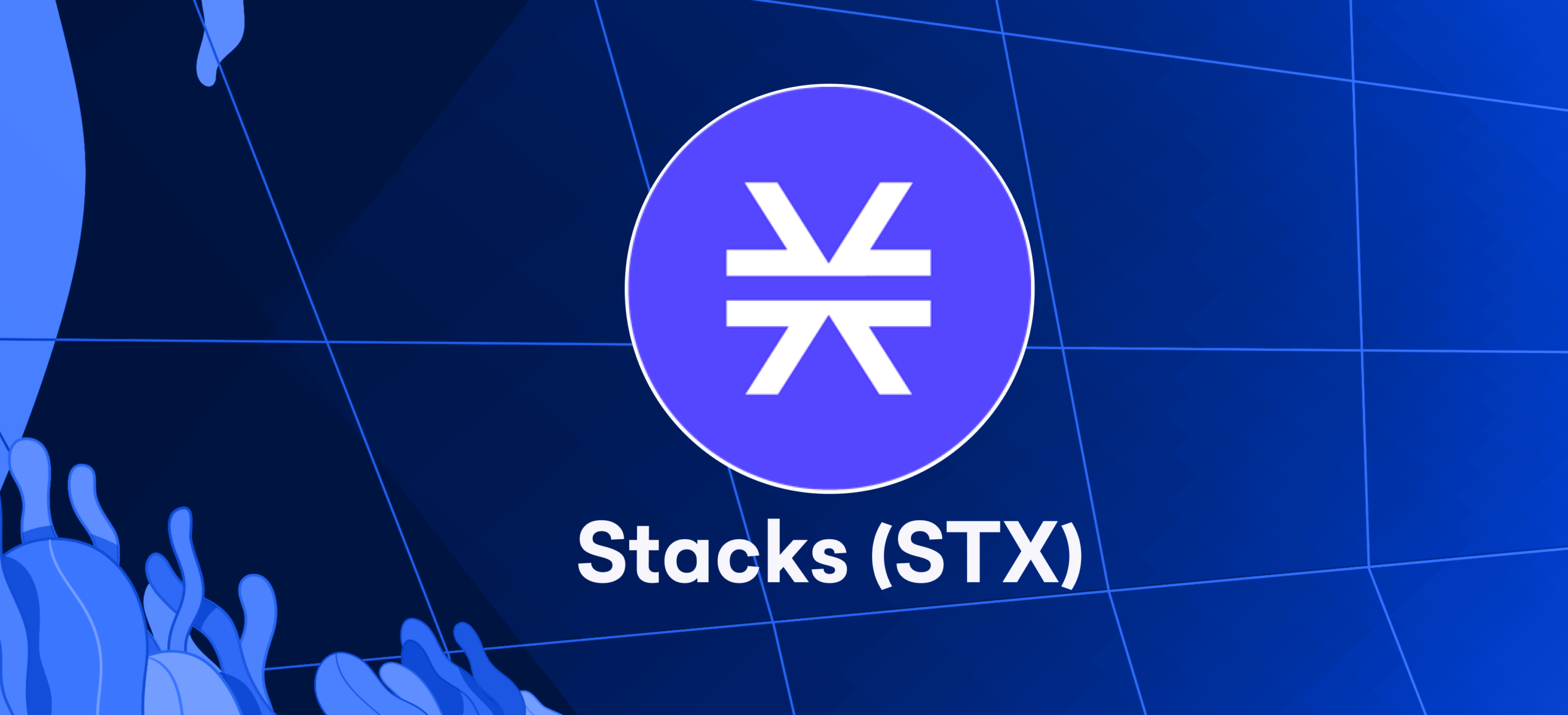Security Concerns in Pure Proof of Work (PoW) Blockchains
The challenge of altering the blockchain is essential for its role as a ledger in financial transactions. When a transaction records coin transfers to a wallet within a block, subsequent blocks are added to form confirmations, greatly reducing the possibility of changing the block and its associated transaction.
If a single entity possesses enough hashing power to surpass the combined “honest chain,” it can manipulate the blockchain by directing mining efforts towards an outdated block instead of the most recent one. This type of attack, known as a “51% attack,” can be simplified as follows:
PoS: Trust, Energy Efficiency, & Distribution Challenges
Proof of Stake (PoS) faces a distinct challenge regarding token distribution. Unlike Proof of Work (PoW) miners, who encounter significant expenses such as hardware and electricity, often necessitating the sale of a substantial portion of their mined coins to cover these costs, PoS forgers operate with lower operational overheads. Consequently, they do not face the same pressure to offload their earned coins to sustain the network.
In the PoS model, prominent stakeholders engage in forging to increase their share of circulating coins. They achieve this by collecting block rewards and transaction fees from network users. This process has been compared to digital feudalism, where coin holders gain ownership and control over the network while users effectively pay them rent. However, there is a threshold below which direct participation in PoS consensus is impractical for individuals.
A Dynamic Blend of PoW and PoS
Hybrid Proof of Work and Proof of Stake systems aim to combine the strengths of both approaches, ensuring authenticity and preventing plagiarism. Decred, a standout among cryptocurrencies, implements PoW and PoS separately but harmoniously, resulting in a versatile consensus mechanism.
In a slightly similar way, “Masternode coins” can also be seen as hybrids. They combines a recognizable Proof of Work element, like Bitcoin does, with an additional function for specialized nodes. These specialized nodes are usually required to stake a specific amount of the currency as collateral, showcasing their reliability in acting in the network’s best interests. This mirrors the underlying principle behind Proof of Stake.
In Decred’s Proof of Stake system, individuals participate by locking up their DCR (Decred) holdings and purchasing “tickets.” These tickets have a cost determined through a market-like mechanism. The system aims to maintain a specific number of active tickets at 40,960, which adjusts the ticket price accordingly. If there are more active tickets than the target, the price increases; if fewer, it decreases.
When users acquire a ticket in the Decred Proof of Stake ecosystem, the DCR used for the purchase is securely locked and inaccessible for spending until their ticket is randomly selected for voting or expires. Typically, this process occurs approximately 142 days later. This approach fosters a strong sense of network commitment and cultivates vested interest among participants.
Participants in the Proof of Stake (PoS) system, also known as voters or stakeholders, hold three distinct roles. First, they engage in block voting. Second, they participate in voting for changes to consensus rules. Lastly, they vote for project-level management via the Politeia Proposal System. The primary role among these is ‘block voting,’ which serves as the most direct way for PoS voters to actively contribute to maintaining consensus.
PoS Voter Power in decred’s Hybrid Network
Hence, Proof of Stake (PoS) voters possess the authority to withhold rewards from miners. This ability allows them to restrict the influence of Proof of Work (PoW) miners in blocking changes to the network’s consensus rules. These rules are determined through votes by stakeholders. Essentially, PoS voters hold the power to dismiss undesired miner behavior by consistently voting “no” when they observe malicious or inefficient conduct. This approach effectively prevents detrimental PoW miners from initiating transactions and reaping rewards.
The Proof of Stake (PoS) verification layer significantly boosts the security and resilience of the network against majority attacks. In a majority double spend attack, one common method involves secretly mining an alternative chain and releasing it later to rewrite the blockchain. This exploit takes advantage of transactions becoming nullified in the “old” chain, enabling double spending of their inputs.
In the case of Decred, blocks need input from randomly selected tickets to be considered valid. PoW miners cannot extend the chain without this input. As a result, it is highly unlikely for PoW miners to mine in secret unless they also possess a significant number of active tickets. This requirement acts as a strong barrier against such attacks.
Empowering Stakeholders in Governance
Decred is a cryptocurrency that strongly emphasizes decentralized decision-making and governance. Here’s a breakdown of the process you’ve described:
PoS Stakeholders Dominant in Governance: Decred is specifically designed to empower Proof of Stake (PoS) stakeholders, granting them significant influence over the governance of the blockchain. This innovative approach ensures that individuals who possess and “stake” DCR (the native cryptocurrency of Decred) possess the authority to shape decision-making processes.
Upgrade Ratification Procedure: Decred boasts a systematic process for modifying the consensus rules of its network. These rules serve as the bedrock principles dictating how the blockchain functions.
Voting Process: To change the consensus rules, a proposal must undergo a voting process. This process begins when a specific percentage of miners (95%) and PoS voters (75%) upgrade their software to incorporate the suggested rule modifications.
Approval Threshold: For a proposed rule change to be accepted, it must obtain a minimum of 75% support from the voting tickets within a 4-week voting period. This requirement signifies that an overwhelming majority of PoS stakeholders must agree to the modification.
Rejection and Re-Vote: If a proposal fails to secure the required 75% support during the initial vote, it is rejected. In such cases, a re-vote process commences, enabling the community to reconsider the proposed change.
Activation Delay: If a proposal manages to secure 75% support, the rule change is accepted; however, its activation is not immediate. Instead, it takes effect one month later. This deliberate delay allows stakeholders to prepare for the forthcoming change adequately.
This governance model ensures that important decisions concerning the Decred blockchain are collectively made by its stakeholders, including miners and participants of PoS. Its primary goal is to strike a balance between decentralization, security, and the blockchain’s ability to adapt its rules over time.
Project management: Politeia
Decred is a cryptocurrency that seeks to combine elements of both Proof of Work (PoW) and Proof of Stake (PoS) to create a more decentralized and community-driven blockchain.
Block Reward Distribution
PoW Miners (60%): In Decred, 60% of the block rewards are allocated to PoW miners. This entails a conventional mining process where miners utilize computational power to solve intricate mathematical puzzles and validate transactions on the blockchain.
PoS Voters (30%): In Decred’s Proof-of-Stake (PoS) system, a portion of the block rewards, specifically 30%, is designated for PoS voters. This allows users to “lock up” their DCR (Decred’s native cryptocurrency) as collateral to participate in the PoS consensus mechanism actively. Doing so allows them to vote on diverse proposals and network changes that impact Decred.
Treasury (10%): The remaining 10% of block rewards in Decred are specifically allocated to a Treasury fund. This dedicated fund serves the purpose of supporting open-source software development initiatives that align with the overarching goals and objectives of the Decred project. Ultimately, it is up to the Decred community to collectively determine how these funds should be utilized and allocated for maximum impact.
Governance via Politeia
Decred’s governing model actively involves community members and stakeholders in decision-making processes. Within the PoS system, ticket holders have the ability to vote on proposals and policy changes through the utilization of the Politeia platform.
Politeia serves as a decentralized platform that facilitates valuable discussions, proposal submissions, and voting processes concerning the Decred project. It empowers the community to make crucial decisions such as allocating Treasury funds, incorporating new blockchain features, and shaping the network’s development.
Decred’s blockchain development aims to foster decentralization, community involvement, and sustainability through its unique combination of Proof of Work (PoW) and Proof of Stake (PoS). With the Treasury and Politeia governance platform, stakeholders have a voice in the project’s direction, ensuring the transparent allocation of funds to support growth and goals.
Conclusion
PoS voters receive 30% of the block reward, but they can’t maintain their proportional share of circulating DCR just by staking. The majority of newly created DCR is given to PoW miners as recognition for securing the network and addressing the potential issue of “nothing at stake” in pure PoS systems. To cover their operational expenses, miners often must sell a significant portion of their rewards. This ensures a fair supply of DCR in the market.
Decred’s blockchain possesses a unique architecture and stands out as an exemplary hybrid PoW/PoS system. Like projects utilizing PoS consensus differ from one another, future ventures implementing hybrid PoW/PoS approaches will also have distinctive features. They won’t necessarily conform to the Decred framework; instead, each project is likely to forge its path in this innovative domain.









